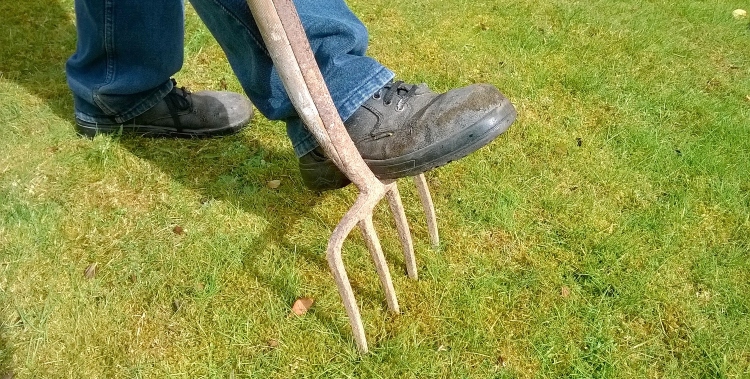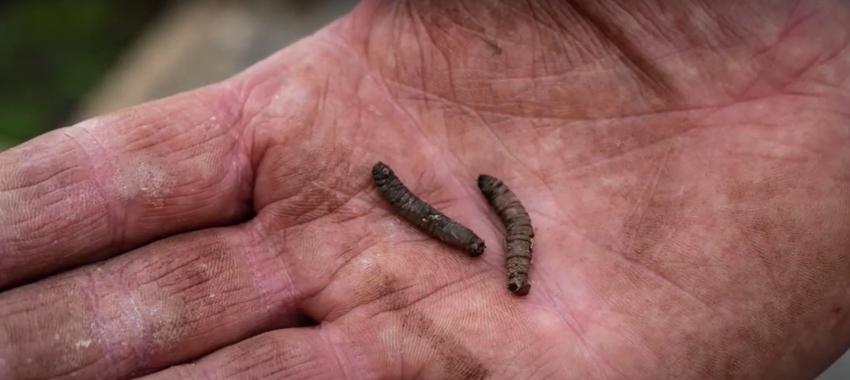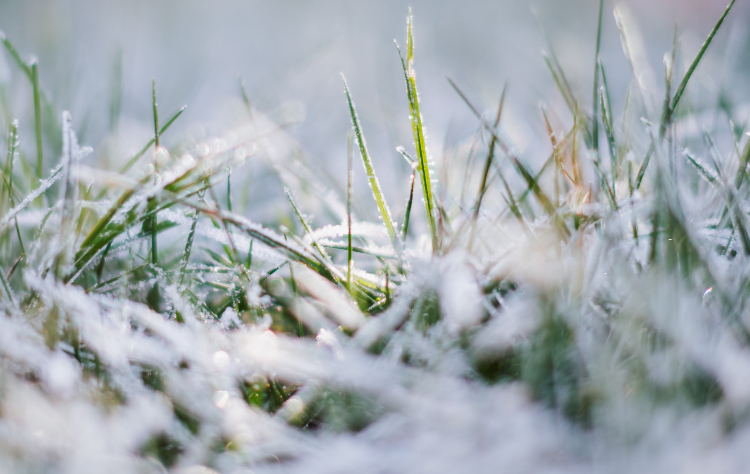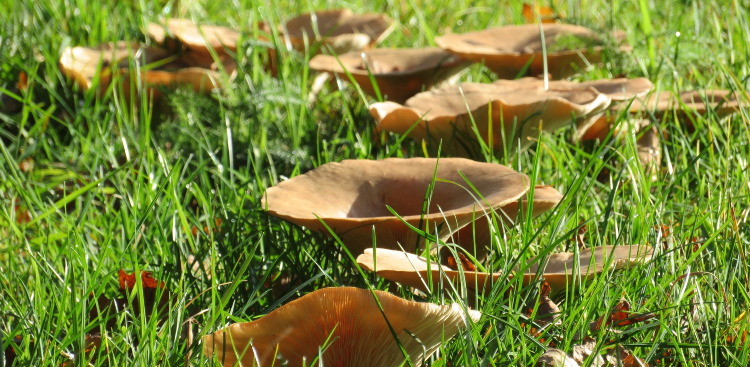
Lawn aeration, also commonly known as spiking, is the process of puncturing the surface of your lawn with long, thin metal rods to help relieve compaction.
If you’ve found your way to this blog, you’re likely wondering exactly what aeration is, and how it works to improve the health and overall aesthetic of your lawn. More...

Spring is one of the most important times of year for lawn care; following the damp and bleak conditions of winter, everything is blooming and blossoming once again! Whilst spring can be a prosperous time of year, its also important to keep a keen eye out to ensure that the unfavourable winter conditions haven’t left any lasting damage to your lawn.
Properly caring for your lawn during April (and the other spring months for that matter) is very important. If you don’t set your lawn up for success during the spring, it will struggle to thrive through the other seasons, and potentially be more vulnerable to harmful conditions such as fungus infections and pests.
More...

A leatherjacket infestation can wreak havoc on your lawn and leave it looking tired, worn, and patchy. If you’ve recently been a victim of a leatherjacket infestation, good news – your lawn can be saved!
What are leatherjackets?
Leatherjackets are the grubs of European crane flies (also commonly known as daddy-long-legs). In the late summer craneflies lay their eggs in the ground, and the maggots that hatch are what’s known as leatherjackets.
Leatherjacket grubs eat the grass stems and roots just below the surface of the lawn where they nest, until the summer rolls back around and they emerge as craneflies.
More...

Fusarium patch disease is a fungal disease caused by the fungus Microdochium nivale. Fusarium can occur at any time of year, but it is more common during the autumn period, and if left untreated, throughout the winter months as well.
Fusarium disease is usually a result of damp and unfavourable conditions in your lawn which can be caused by all manner of issues, including excess shade caused by bracken or thatch build up, poor drainage caused by lawn compaction, or heavy rainfall.
More...

If you’ve spotted a suspicious looking arrangement of mushrooms in your lawn, in the forest, or any grassy space, it's possible that you're looking at what’s known as a fairy ring. Also sometimes referred to as a fairy circle, elf ring, or pixie ring, their unusually perfect circle shapes can look a little odd, it’s no wonder than in the past folks would assume they had a supernatural origin.
Nowadays we have enough science to understand what causes fairy rings and why they look the way they do – if you’re wondering what fairy rings are and what causes them, you’re in the right place to find some answers! More...